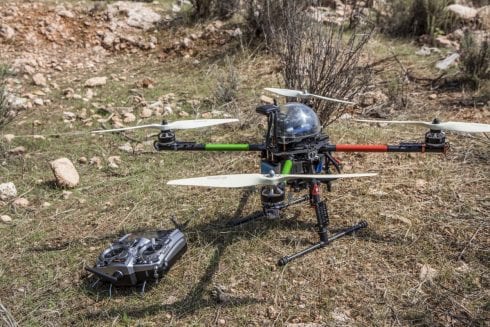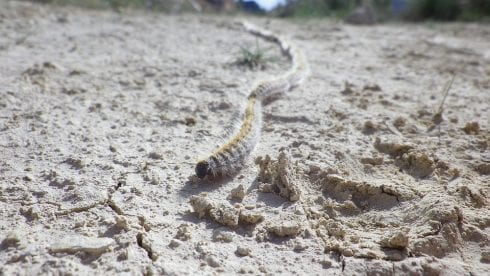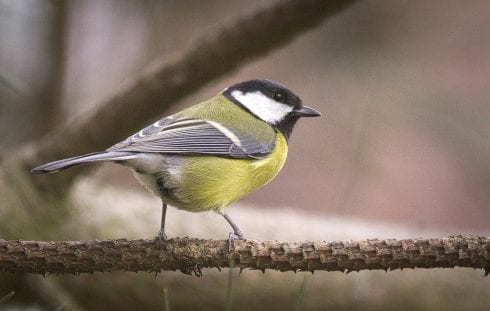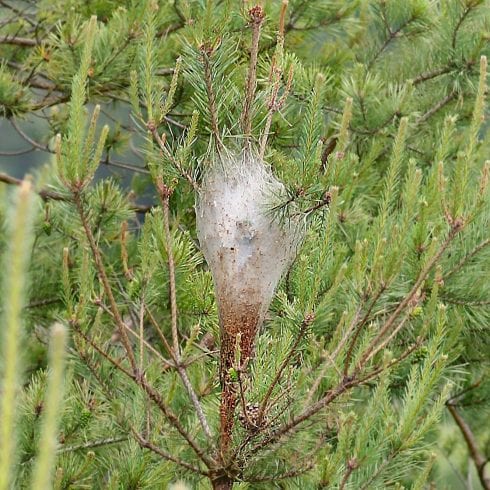
DRONES, great tits and pheromones have been used in the battle to control pine processionary caterpillar populations in the Region of Murcia.
The hairy caterpillars, which make webs in trees and form a conga lines on the forest floor, can irritate and induce allergic reactions in humans and are fatal to dogs.
Winter is the time of year when the caterpillars forage on forest floors in Spain, and are therefore at their most dangerous.
The director general of Murcia’s Ministry of Employment, Universities, Business and Environment, Consuelo Rosauro, said in a statement this was the first time ‘drones’ have been used to control populations.

“The drones are equipped with multispectral cameras that allow capturing large amount of information in remote and hard-to-reach places,” she said.
“This information is also registered and digitised immediately, allowing regional analysis to be carried out with maximum speed and precision and at a minimum cost.”

She added that the use of drones was complemented by manual removal of the caterpillar’s web-like nests from trees, the installation of ‘insectivorous bird nests’ and traps baited with ‘pheromones’.
The most effective insectivorous birds are the tit family, including the great tit and coal tit, as well as nocturnal species such as the night jar.
Rosauro added that high-pressure hoses were also used to disperse caterpillar nests.

Although the caterpillars already entering pupation sites underground due to the warm winter, the Rosauro recommended hikers and walkers do not approach the nests of the caterpillars still visible in trees.
“The movement of these nests, or if they fall, can spread hairs and stinging darts of the processionary that have remained inside,” she said.
Click here to read more Environment News from The Olive Press.








